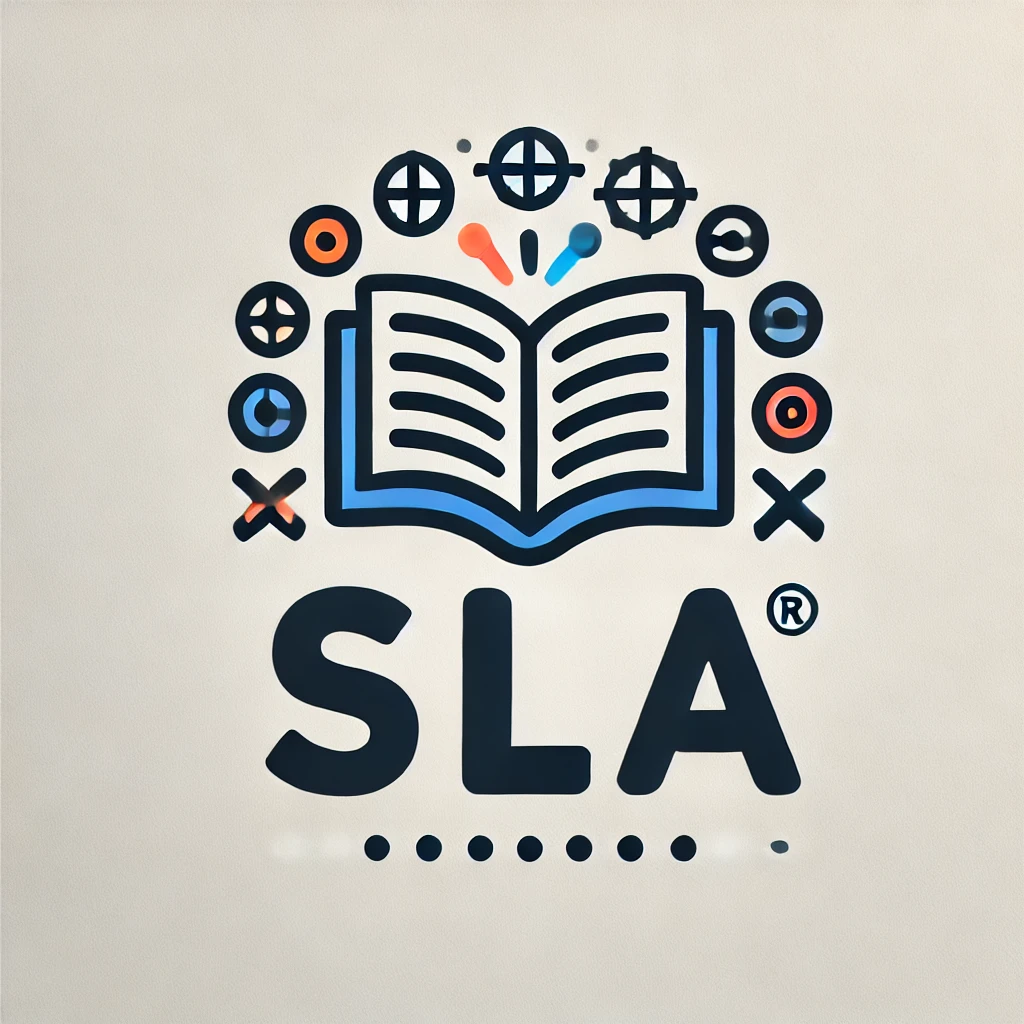What Are The 5 Stages Of Second Language Acquisition?
Have you ever wondered about the process of learning a second language? If so, you’re in the right place! In this article, we will explore the 5 stages of second language acquisition. Learning a new language can be an exciting journey, and understanding the different stages can help you navigate through it more effectively. Let’s dive in and discover more about the process of acquiring a second language.

Stage 1: Pre-Production
The first stage of second language acquisition is known as the pre-production stage. During this phase, you may have limited or no understanding of the new language. You might feel hesitant to speak or engage in conversations due to lack of vocabulary or confidence. However, this phase is crucial as you start to absorb new words and phrases through listening and observing. It’s like laying the foundation for a new language.
Stage 2: Early Production
As you progress to the early production stage, you will begin to speak simple words and short phrases in the new language. At this point, your vocabulary is expanding, and you feel more comfortable using the language in basic conversations. You may make grammatical errors, but that’s all part of the learning process. Practice makes perfect, and the more you speak, the more confident you will become.
Stage 3: Speech Emergence
The speech emergence stage is where you start to communicate more fluently in the second language. Your sentences become longer and more complex, and you can express your ideas and thoughts with greater clarity. You start to grasp the nuances of the language and use it more accurately in different contexts. It’s during this stage that you begin to feel more comfortable conversing with others in the new language.
Stage 4: Intermediate Fluency
In the intermediate fluency stage, you are well on your way to mastering the second language. You can hold conversations on a wide range of topics, understand more complex texts, and express yourself with relative ease. Your vocabulary continues to grow, and you become more independent in your language learning journey. At this point, you feel more confident and competent in using the language in various situations.

Stage 5: Advanced Fluency
The final stage of second language acquisition is advanced fluency. At this stage, you have a high level of proficiency in the new language. You can communicate effectively in both spoken and written forms, understand subtle nuances, and engage in discussions on a wide range of subjects. You may even reach a native-like level of fluency, where your language skills are almost indistinguishable from that of a native speaker. Congratulations, you have successfully acquired a second language!
Tips for Enhancing Second Language Acquisition
Learning a new language can be challenging, but there are several tips and strategies that can help you improve your language skills more effectively. Here are some suggestions to enhance your second language acquisition journey:
-
Immerse Yourself in the Language: Surround yourself with the new language as much as possible. Watch movies, listen to music, read books, and engage with native speakers to expose yourself to the language in different contexts.
-
Practice Regularly: Consistency is key to language learning. Set aside time each day to practice speaking, listening, reading, and writing in the new language. The more you practice, the faster you will progress.
-
Use Language Learning Apps: There are numerous language learning apps available that can help you practice vocabulary, grammar, and pronunciation. Utilize these tools to supplement your learning and make the process more interactive.
-
Take Language Classes: Consider enrolling in language classes or hiring a tutor to receive formal instruction and guidance. Structured lessons can provide you with a solid foundation and help you progress more quickly.
-
Travel to a Country Where the Language is Spoken: Immersing yourself in the culture and daily life of a country where the language is spoken can greatly enhance your language skills. Practice speaking with locals, explore new places, and participate in cultural activities to deepen your understanding of the language.
Conclusion
Acquiring a second language is a rewarding and fulfilling experience that opens up new opportunities for personal and professional growth. By understanding the 5 stages of second language acquisition and implementing effective learning strategies, you can progress through the different phases with confidence and achieve fluency in the new language. Remember, language learning is a journey, so enjoy the process and celebrate your achievements along the way. Happy learning!

